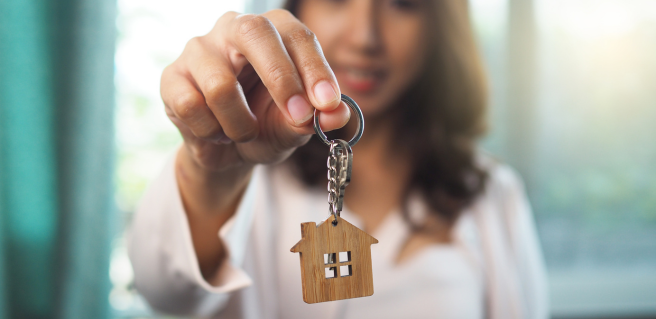In the typically male-dominated landscape of homeownership, single women buyers have emerged as a formidable homebuying force. Despite lower household incomes and an increasingly unaffordable housing market, they have succeeded in outperforming their male counterparts. This dramatic shift in homeownership, as documented by the National Association of Realtors (NAR), challenges conventional norms and takes us on an intriguing journey of evolving American real estate.
To understand the magnitude of this change, one needs to turn back the pages of history. Until 1974, women were legally unable to secure a mortgage without a male co-signer. The passage of the Fair Housing Act and the protections of the Equal Credit Opportunity Act changed the rules of the game, prohibiting sex discrimination in housing-related transactions.
The transition since then has been remarkable. In 1981, while married couples led the homeownership race with a 73% share, single women homeowners stood at 11%, marginally ahead of the 10% stake held by single men. Fast forward to today, single women have closed the gap impressively with a 17% share, while single men continue to trail at 9%, despite a decrease in married couples’ share to 61%.
Perhaps the reason behind this dramatic shift is best illustrated by understanding the purchasing motivations and household compositions. Data reveals that while both men and women aspire to own a home, significantly more women purchase homes due to proximity to friends and family or changes in family circumstances like divorce, death, or the birth of a child. For example, 41% of single women base their neighborhood choice on the proximity to their loved ones, compared to only 35% of single men.
Financially, despite single women earning a median household income of $51,400, lower than the $64,100 earned by single men, they demonstrate higher determination in achieving homeownership. They often make financial sacrifices, such as cutting non-essential spending, forgoing entertainment, and even taking on second jobs. In fact, 39% of women make such sacrifices, compared to 37% of men.
Interestingly, down payment sources differ significantly between single women and men. While men are more likely to sell stocks or bonds, use their IRA, or take a loan from their 401(k)/retirement fund, 11% of single women rely on a gift from a friend or relative, compared to only 8% of single men.
As more single women are embracing homeownership, they are navigating this traditionally male-dominated space with tenacity and resilience. This transformation provides a powerful testament to the evolving face of the American housing market and is a trend to watch in the coming years.
So, why has the homeownership landscape been traditionally inclined towards single women buyers? What are the factors instigating this shift in the balance?
The preference for single women in homeownership has less to do with economic prowess and more to do with the demographic skew. This trend is particularly noticeable amongst older Americans, with the propensity to own a home significantly higher. About 70% of single household heads ages 65 and older own their home, as compared to 44% within the age bracket of 35 to 44.
Crunching the numbers further, we find that out of all unmarried households led by individuals aged 65 or above, women command a lead of 6 million more homes than men. To put it in perspective, one-third of all single women household heads were at least 65 years old in 2022, whereas for single men, this figure stood at 22%. This can be largely attributed to the fact that women in the U.S. tend to outlive men.
However, this is not to suggest that women have an economic advantage. In fact, the contrary is true. Single women household heads generally trail their male counterparts in terms of homeownership rates in most age groups, a pattern that coincides with the existing wage and wealth disparities. As per 2019 records, women earned only about 88% of what men earned. In terms of hard numbers, the median income for households led by single women stood at $49,400, considerably less than the $61,700 for those led by single men.
So why has the gender gap in homeownership among single Americans been tapering? A key contributing factor is that the single female demographic, particularly among older household heads, no longer substantially outweighs single men. Today, women constitute approximately two-thirds of single household heads aged 65 and above, a noticeable drop from the three-quarters in 2000. This suggests a change in life expectancy trends; while women continue to live longer than men, the longevity gap has seen a decline.
This intriguing shift in homeownership patterns among single dwellers presents an opportunity for renewed discussions and strategies in the real estate market, particularly in addressing gender disparities. In this ever-evolving landscape, the race to homeownership continues to be an absorbing spectacle.
Let’s hear it for all the single women buyers who are spurring the market on!
